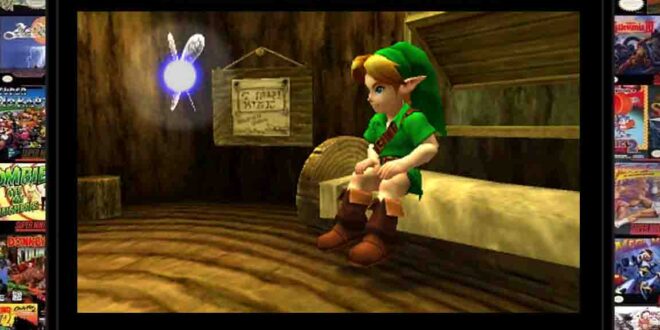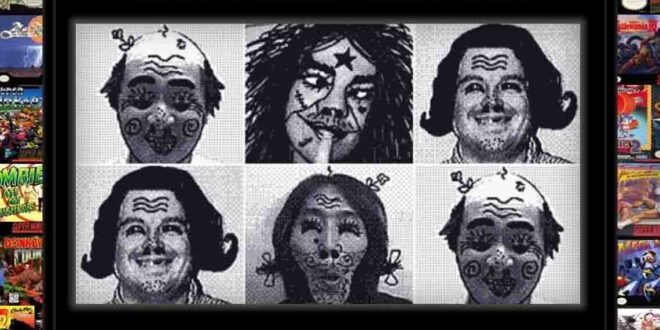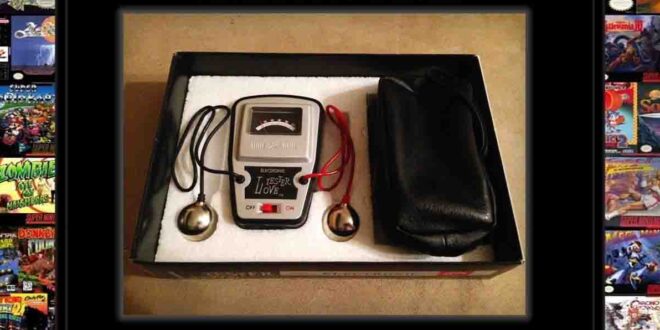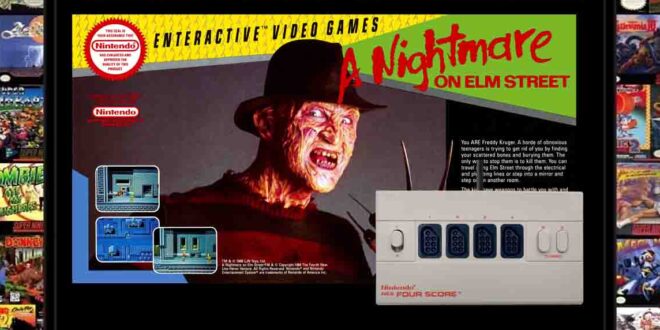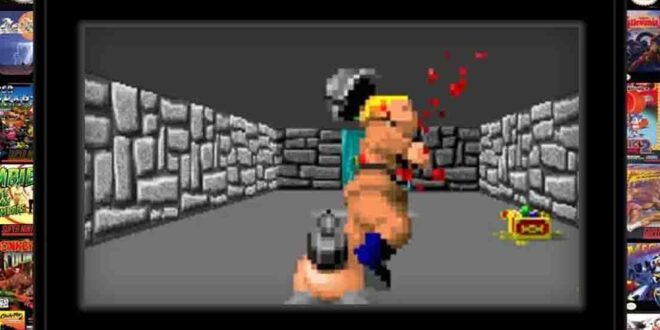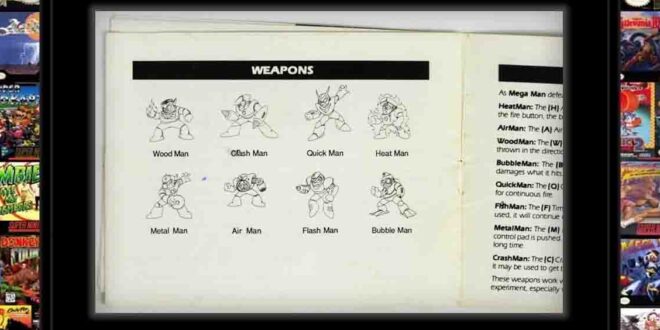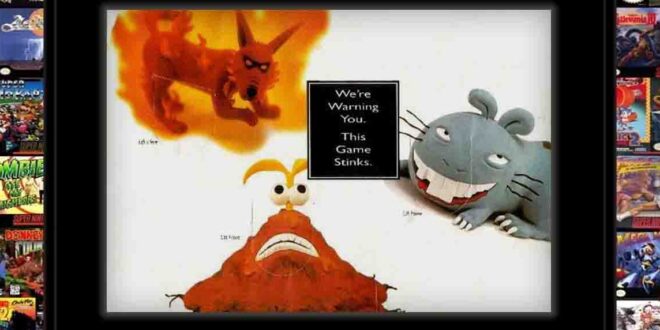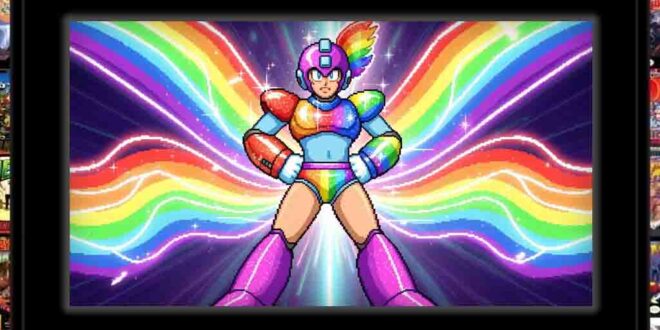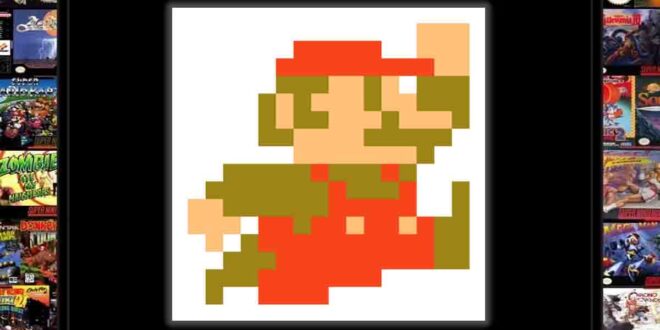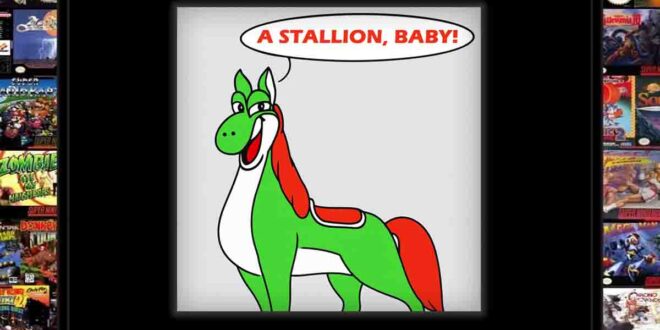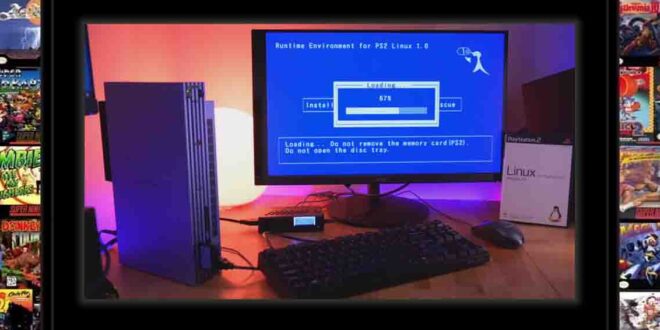#RetroReplayFYI, Retro Blog 🕰️, Retro Culture & Lifestyle 🕹️
Link Was Christian, and You Cannot Pretend Otherwise Let’s stop dancing around it. Link was Christian. That is not up for debate. And we are going to cover it all. The original Legend of Zelda on the NES flat-out called one of its items the Bible in Japan. The sprite shows a little book with a cross on the cover. The English manual swapped the name out for “Book of …
Read More »
#RetroReplayFYI, Retro Blog 🕰️, Retro Culture & Lifestyle 🕹️
Boo is one of Mario’s most beloved enemies, the little ghost that covers its face when you look at it but balloons into something terrifying when you turn your back. Generations of players have laughed and cursed at its strange behavior, but few casual fans know the story of where it came from. Boo wasn’t just pulled out of a sketchbook. It was inspired directly by a real woman: Takashi …
Read More »
#RetroReplayFYI, Retro Blog 🕰️, Retro Culture & Lifestyle 🕹️
The Day Emulation Changed Forever On January 28, 1999, the UltraHLE emulator launched and stunned gamers by running The Legend of Zelda: Ocarina of Time only months after its release, sending shockwaves through the entire industry. Before this, most players assumed that emulation could only cover older consoles like the NES or SNES. Suddenly, the hottest game of the year was running on an everyday PC, and the world of …
Read More »
#RetroReplayFYI, Retro Blog 🕰️, Retro Culture & Lifestyle 🕹️
Nintendo’s Weirdest Accessory In 1998 Nintendo released the Game Boy Camera, a chunky little add-on that let players snap grainy black-and-white selfies, edit them with goofy stickers, and even print them using the Game Boy Printer. Marketed as a toy rather than a serious camera, it quickly became a cult favorite for its quirky charm. Kids loved making strange portraits, while collectors today celebrate it as one of Nintendo’s boldest …
Read More »
#RetroReplayFYI, Retro Blog 🕰️, Retro Culture & Lifestyle 🕹️
When Nintendo Played Matchmaker Before it revolutionized video games, Nintendo dabbled in toys and novelties. One of the most infamous was the Love Tester, released in 1969. Designed by Gunpei Yokoi, the creator of later classics like the Game Boy, the Love Tester claimed to measure the romantic compatibility of two people through simple electronics. Each person would hold a sensor, clasp hands, and the device would give a score …
Read More »
#RetroReplayFYI, Retro Blog 🕰️, Retro Culture & Lifestyle 🕹️
Atari Crosses the Line In the early 1980s the video game market was booming and the Atari 2600 sat in living rooms everywhere. In 1982 a small publisher called Mystique released Custer’s Revenge for the Atari 2600, pitching it as an adults only title. The premise was crude and simple, and it immediately drew attention for all the wrong reasons. Players guided a caricatured General Custer across a screen while …
Read More »
#RetroReplayFYI, Retro Blog 🕰️, Retro Culture & Lifestyle 🕹️, Satire & Humor 🃏
An Innocent Gesture with a Dark Twist For more than two decades, fans of Super Mario World believed Mario was simply pointing forward when Yoshi stuck out his tongue. It looked playful and harmless. Mario gave the signal, Yoshi obeyed, and the duo worked together as partners. That illusion shattered in 2017, when Nintendo veteran Shigefumi Hino, the designer who created Yoshi, revealed that the original concept was very different. …
Read More »
#RetroReplayFYI, Retro Blog 🕰️, Retro Culture & Lifestyle 🕹️
A Nightmare on Elm Street and the Forgotten Era of 4-Player NES Gaming Multiplayer on the NES Was Limited When the Nintendo Entertainment System hit North America in 1985, multiplayer usually meant two players taking turns. Titles like Super Mario Bros. or The Legend of Zelda were primarily solo adventures, while Contra and Double Dragon II gave you that coveted two-player co-op. Four people on one NES? That was practically …
Read More »
#RetroReplayFYI, Retro Blog 🕰️, Retro Culture & Lifestyle 🕹️
The Game That Broke the Mold and the Law When Wolfenstein 3D dropped in 1992, it ignited a revolution. It was not just a technically slick first person shooter, it was a raw, unapologetic romp through Nazi bunkers that ended in a face off with a cyber fueled Mecha Hitler. Gamers worldwide embraced it as a milestone. But in Germany, the response was silence, because the game was outright banned. …
Read More »
#RetroReplayFYI, Retro Blog 🕰️, Retro Culture & Lifestyle 🕹️
When Nintendo Took Blockbuster to Court The Battle Over Rentals In the late 1980s Nintendo ruled the living room. The NES was in millions of homes, and kids flocked to local rental shops like Blockbuster to grab the latest cartridges for a weekend of gaming. But while game rentals exploded in popularity, Nintendo was far less enthusiastic. They worried that renting would cut into cartridge sales, since players could beat …
Read More »
#RetroReplayFYI, Retro Blog 🕰️, Retro Culture & Lifestyle 🕹️
A Bold but Bizarre Idea In 1995 Nintendo of America faced a challenge. They were preparing to launch EarthBound on the Super Nintendo, a quirky role playing game full of humor, offbeat enemies, and suburban satire. But how could they sell such an unusual RPG to an American audience that was not yet fully invested in the genre? Their answer was one of the strangest campaigns in gaming history. Nintendo …
Read More »
#RetroReplayFYI
A Colorful Beginning Long before the blue suited hero cemented his place in gaming history, Capcom’s designers toyed with a name that could have changed everything, Rainbow Man. It was not some throwaway title scribbled in a notebook. The choice reflected what made the character unique. Each time he defeated a Robot Master he absorbed their power and his armor blazed with a new color. According to the character’s development …
Read More »
#RetroReplayFYI, Retro Blog 🕰️, Retro Culture & Lifestyle 🕹️
Mario’s Mustache Was a Hardware Trick Mario’s iconic mustache wasn’t added for style — it was added because the technology of the time demanded it. When Shigeru Miyamoto designed Mario for Donkey Kong in 1981, he was limited to a tiny 16×16 sprite on arcade hardware. There simply weren’t enough pixels to draw a clear mouth and nose. The solution? A bold mustache that visually separated the nose from the …
Read More »
#RetroReplayFYI, Retro Blog 🕰️, Retro Culture & Lifestyle 🕹️
Most fans can’t picture Mario without Yoshi, the cheerful green dino who first carried him across Dinosaur Land. But earlier in development, the “rideable friend” Nintendo wanted for Mario wasn’t a dinosaur at all. According to an interview packaged with the SNES Classic, the team originally imagined a horse that Mario could mount and use to sprint through stages—an idea later echoed in reporting by IGN. You read that right: …
Read More »
#RetroReplayFYI, Retro Blog 🕰️, Retro Culture & Lifestyle 🕹️
The PlayStation 2 Also Worked as a PC When most people think about the PlayStation 2, they remember the massive library of games, the excitement of slipping in a DVD for the first time, and the fact that it went on to become the best-selling console of all time. What fewer people realize is that Sony had an even bigger vision for their machine. In 2002, they released the Linux …
Read More »

 Retro Replay Retro Replay gaming reviews, news, emulation, geek stuff and more!
Retro Replay Retro Replay gaming reviews, news, emulation, geek stuff and more!

